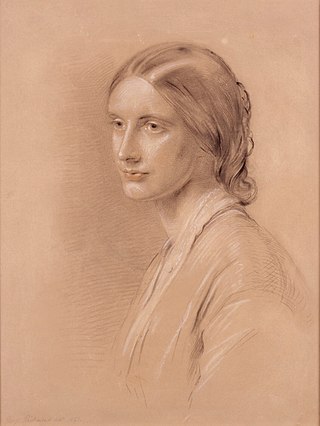| Act of Parliament | |
 | |
| Long title | An Act for the Prevention of Contagious Diseases at certain Naval and Military Stations. |
|---|---|
| Citation | 27 & 28 Vict. c. 85 |
| Dates | |
| Royal assent | 29 July 1864 |
| Repealed | 1886 |
Status: Repealed | |
| Act of Parliament | |
 | |
| Long title | An Act for the better Prevention of Contagious Diseases at certain Naval and Military Stations. |
|---|---|
| Citation | 29 & 30 Vict. c. 35 |
| Dates | |
| Royal assent | 11 June 1866 |
| Repealed | 1886 |
Status: Repealed | |
| Act of Parliament | |
 | |
| Long title | An Act to amend The Contagious Diseases Act, 1866. |
|---|---|
| Citation | 32 & 33 Vict. c. 96 |
| Dates | |
| Royal assent | 11 August 1869 |
| Repealed | 1886 |
Status: Repealed | |
The Contagious Diseases Acts (CD Acts [1] ) were originally passed by the Parliament of the United Kingdom in 1864 (27 & 28 Vict. c. 85), [2] with alterations and additions made in 1866 (29 & 30 Vict. c. 35) and 1869 (32 & 33 Vict. c. 96). In 1862, a committee had been established to inquire into venereal disease (i.e. sexually transmitted infections) in the armed forces. On the committee's recommendation the first Contagious Diseases Act was passed. The legislation allowed police officers to arrest women suspected of being prostitutes in certain ports and army towns. Since there was no set definition of prostitution within the Act, the question was left to the police officer’s discretion, and women could be arrested even if there was no actual evidence of prostitution. [3] The women were then subjected to compulsory physical examinations for venereal disease. If a woman was declared to be infected, she would be confined in what was known as a lock hospital until she recovered or her sentence was completed. Men suspected of frequenting prostitutes were not subjected to the same treatment of compulsory checks and confinement. The law was initially aimed at working-class women in towns near military bases, due to the concern that sexually transmitted infections were hampering Britain’s forces. The original act only applied to a few selected naval ports and army towns, but by 1869 the acts had been extended to cover eighteen "subjected districts". [4]
Contents
- Prostitution in Victorian England
- Conditions in lock hospitals
- Opposition and extension
- Early opposition
- Extension
- Later opposition
- Repeal
- Archives
- See also
- References
- Notes
- Bibliography
- Further reading
Because military men were often unmarried and homosexuality was criminalized, prostitution was considered by military authorities to be a necessary evil, so long as the spread of venereal disease could be contained. The Act of 1864 stated that women found to be infected could be interned in lock hospitals for up to three months, a period extended to one year with the 1869 Act. These measures were justified by medical and military officials as the most effective means to shield men from venereal disease. However, no provision was made for the physical examination of prostitutes' male clientele, which became one of the many points of contention in a campaign to repeal the Acts.
After 1866, proposals were introduced to extend the acts to the north of England and to the civilian population. It was suggested that this extension would serve to regulate prostitution and stop street disorders caused by it in large cities.
The subject of venereal disease, known at the time as "social disease", created significant controversy within Victorian society. The Contagious Diseases Acts themselves affected the lives of thousands of prostitutes and working-class women. They sparked the debate over inequality between men and women, and were an early political issue that led to women organising themselves and actively campaigning for their rights.
The inconsistent treatment of genders inherent in the acts was a key part of Josephine Butler's campaigns for their repeal. In one of her public letters, she allowed a prostitute to deliver her own account of her personal encounters with men:
It is men, only men, from the first to the last that we have to do with! To please a man I did wrong at first, then I was flung about from man to man. Men police lay hands on us. By men we are examined, handled, doctored. In the hospital it is a man again who makes prayer and reads the Bible for us. We are had up before magistrates who are men, and we never get out of the hands of men till we die! [5]











